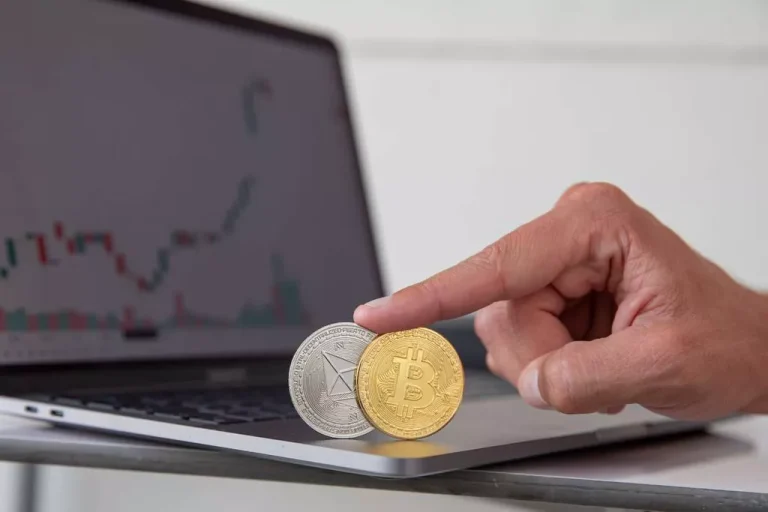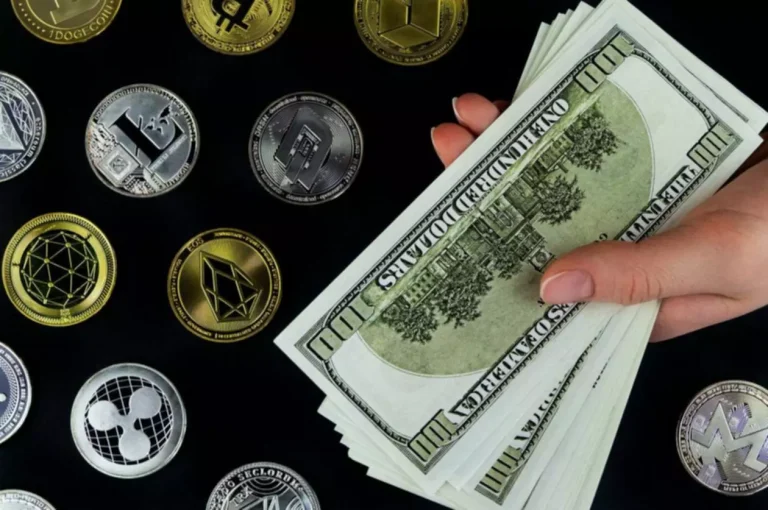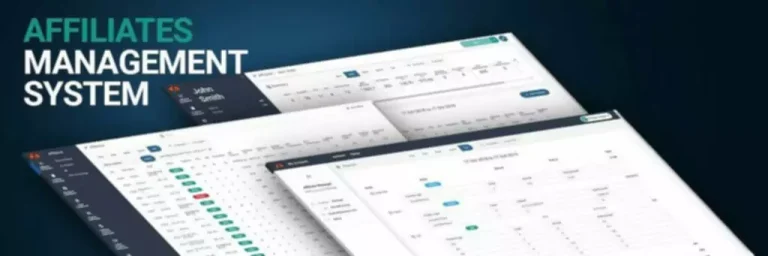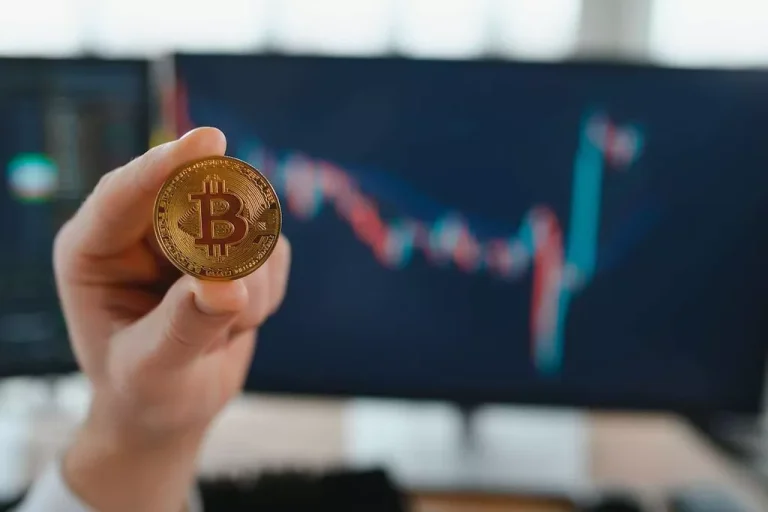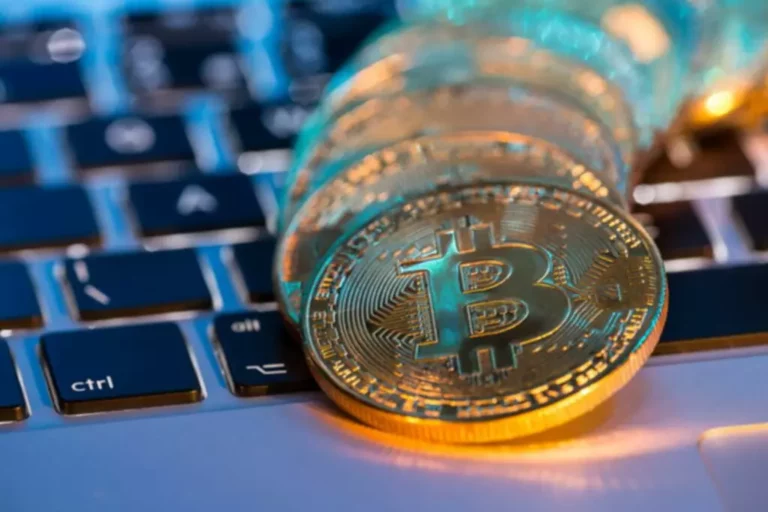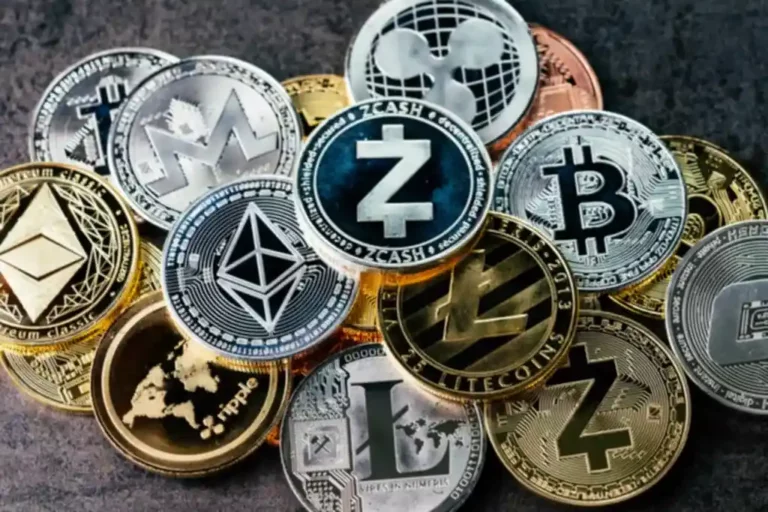Content
Smart contracts themselves are similar to bits of code or commands that automate a process, and if there’s an error in the smart contract, it could produce unanticipated results. That said, a bad or poorly developed smart contract could cause issues, which is something to be aware of. The content of this blog is not intended to be financial advice. You should not what is a decentralized crypto exchange take any action before conducting your own research or consulting with a qualified professional. Any reliance you place on such information is therefore strictly at your own risk. The content provided in this blog is for informational purposes only.
Farcaster’s Vision: A Decentralized Future For Social Media On Blockchain
Other lending protocol developers https://www.xcritical.com/ began to take notice and launch their own governance tokens. Non-custodial means that the teams don’t manage your crypto on your behalf. Unlike, say, depositing your money in a bank or lending out your crypto with a crypto loans company (such as Cred), with DeFi protocols you always maintain control over your cryptocurrency. Hopefully, you now have a good idea of how DEXs work and how to start using one.
- On-chain order book DEXs record every instance of a transaction on the blockchain.
- Therefore, you’re more likely to rapidly and without price impact buy or sell a cryptocurrency on an exchange with high liquidity than on an exchange with low liquidity.
- On-chain DEXs require high throughput and low execution cost, so building one is only possible in networks with high bandwidth and low commissions.
- What if you could stake your house as collateral for a crypto loan?
- As an active user on Farcaster (@garyweinstein), I’ve observed firsthand how the platform empowers individuals to connect authentically while returning control of data and identity to users.
- A DEX operates on a decentralized network, providing greater security and privacy than a centralized exchange when conducting financial transactions.
Cons of a Decentralized Exchange
Instead of transacting directly with another person, exchange, or market-maker, users trade with smart contracts and provide liquidity. Unfortunately, there are no order types on an AMM because prices are algorithmically determined, resulting in a sort of market order. Decentralized exchange aggregators are, as the name alludes, aggregators of liquidity from various DEXs.
What are the challenges faced by decentralized exchanges?
Cryptocurrency exchanges on decentralized networks offer trading of digital assets without requiring a central intermediary. DEXs execute trades and record them to the blockchain, enabling trustless transactions. Examples of widely used DEXs are Uniswap, Balancer, Kyber Network, Curve, PancakeSwap, and more. A decentralized exchange (DEX) is a peer-to-peer marketplace where users can trade crypto assets directly with each other without an intermediary facilitating the transfer and custody of funds. With order books, if you have Chainlink tokens and want to buy Compound, you’d need to have someone with Compound who wants Chainlink and is willing to trade at an agreed-upon price.
Learn more about Consensus 2024, CoinDesk’s longest-running and most influential event that brings together all sides of crypto, blockchain and Web3. Head to consensus.coindesk.com to register and buy your pass now. This community-centric approach not only enriches user engagement but also facilitates decentralized governance and collaboration. The Yellow Collective, an on-chain culture club founded by Toady Hawk and his team, exemplifies how Farcaster empowers communities.
Bancor’s token, BNT, helps users to provide liquidity to the available pools. While there are still challenges to overcome, the future looks bright. As more users adopt decentralized finance, DEXs will likely play a bigger role in how we trade and manage our digital assets. Fortunately, the decentralized finance (DeFi) space has come up with a solution to this through liquidity pools that DEXs can tap. As revolutionary as they are, decentralized exchanges have their fair share of drawbacks. It is important to weigh these cons before making a decision on which exchange to use.
The funds are locked and secured using smart contracts, and everything works autonomously. Investors are incentivized to contribute assets into the pool to provide liquidity and are thus referred to as liquidity providers (LPs). As a reward for their participation, they get a share of the fees traders pay to access or ‘draw’ from the pool. Think of it as a pool of water, with the water representing the various components of the pool.
At this juncture, we assume that you have followed the previous section and chosen a DEX that offers support for your tokens of interest. Next, ensure you have a cryptocurrency wallet pre-funded with the asset to swap. In this section, we will be using MetaMask, one of the best self-custody wallets for storing all types of digital assets.
Liquidity is the ease at which a crypto asset can be quickly purchased or sold without affecting its market price. Therefore, you’re more likely to rapidly and without price impact buy or sell a cryptocurrency on an exchange with high liquidity than on an exchange with low liquidity. High liquidity also helps traders to get good prices for their trades.
Additionally, a free plan is set to launch in December 2024, followed by a mobile app in early 2025, making Supercast more accessible to a broader audience. This philosophy led to the creation of Warpcast, Farcaster’s flagship application and primary gateway for users to interact with the protocol. By providing a seamless and engaging user experience, Warpcast attracts a growing community, encouraging developers to build additional applications and services on top of the Farcaster protocol.
These exchanges are all examples of “automated market makers”. Unlike, say, centralized exchange Binance, or decentralized exchange IDEX, on which traders buy and sell crypto between each other, these automatic market makers have liquidity pools. Exchanges enable people to buy and sell assets, including cryptocurrencies, but they are free-standing platforms that must be monitored by third parties.
The platform’s channel feature allows users to find like-minded individuals and build communities around shared interests. Farcaster’s decentralized architecture creates new avenues for content creators to distribute and monetize their work. DAO, Decentralized Autonomous Organization, leadership by code and blockchain. If you want to create your own DEX, you’ll need a lot of background knowledge involving blockchain architecture and more. You would need to know how to code, identify key features that your DEX would have, and much, much more. You’re likely better off using an existing DEX, rather than creating one from scratch.
As discussed in this guide, several factors should be considered when choosing a platform. It is imperative to go through that list and check it off every time you come across a new DEX you want to try out. This not only reduces your risks but also ensures that any platform that lands into your crypto toolbox does so out of merit.
It redistributes authority from a central power, and places it in the hands of users. And the concept of decentralization is reengineering how many conventional financial services operate. Others think that should the “bubble” pop, the DeFi space will continue to grow, albeit the profits from things like yield farming will be smaller.
This means that users are able to swap crypto assets directly with each other, without having to go through a third-party service such as an exchange or broker. Exchanges can fill the orders of their users because there are one or more centralized entities in the form of market makers. These are high-volume investors that “create a market,” providing liquidity to a crypto exchange. They are usually on the other end of a trade, ready to buy or sell a crypto asset. If there are no natural buyers or sellers, market makers will readily buy or sell the digital assets among themselves.

